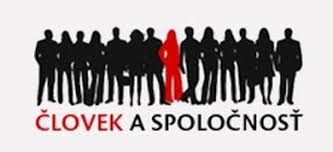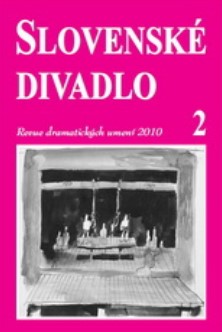Author(s): Štefan Šutaj,Lucia Heldáková / Language(s): Slovak
Issue: Suppl./2019
Košice throughout its existence has been an important centre of trade, transport and culture, and it was here that the new republic, with its new political, economic and social system was founded with the Benes decrees in October 1945. Until this point, the situation of the post-war economy, industry and the unfavourable economic conditions had affected the everyday life of Kosice’s population. Košice’s soap factory struggled with a lack of raw materials, and the plight was even worse after the pillaging by pseudo-revolutionary groups. People’s circumstances were also complicated by poor health, leading to an epidemiological service being set up in Košice. The Soviet Union’s brutal prosecution of Tiso’s SSNJ party, the search for fascist officials, and other national complications made the situation increasingly complicated. The socio-political problems were in part a result of the pre-war First Vienna Award whereby Košice became part of the southern territories of Horthyˈs Hungary in November 1938. The multi-ethnicity of the city brought many difficulties, but despite the uncertain future and the difficult situation Kosice inhabitants continued building on its cultural base. In the contribution we mention the beginnings of the Košice Theater connected with the names of Andrej Bagar and Jan Borodáč, who managed to found all three components - the theater, opera and ballet. Publishing of journals, starting of several fellowships, City library, Music school and amateur folk groups were founded in Košice. The aim of the paper is not to analyse politically, socially, economically or culturally post-communist Košice, but through small examples show the difficulties, misfortunes and perhaps the happiness experienced by the inhabitants of Košice. On the basis of historical facts and events we shall highlight the specifics and particularities of the “Košice” development, which are either a unique contribution of Kosice to the future development, or in historiography were missing. In the second part of the paper we will briefly present the activities of selected cultural institutions operating in Košice in 1945, especially in connection with the theatre.
More...


